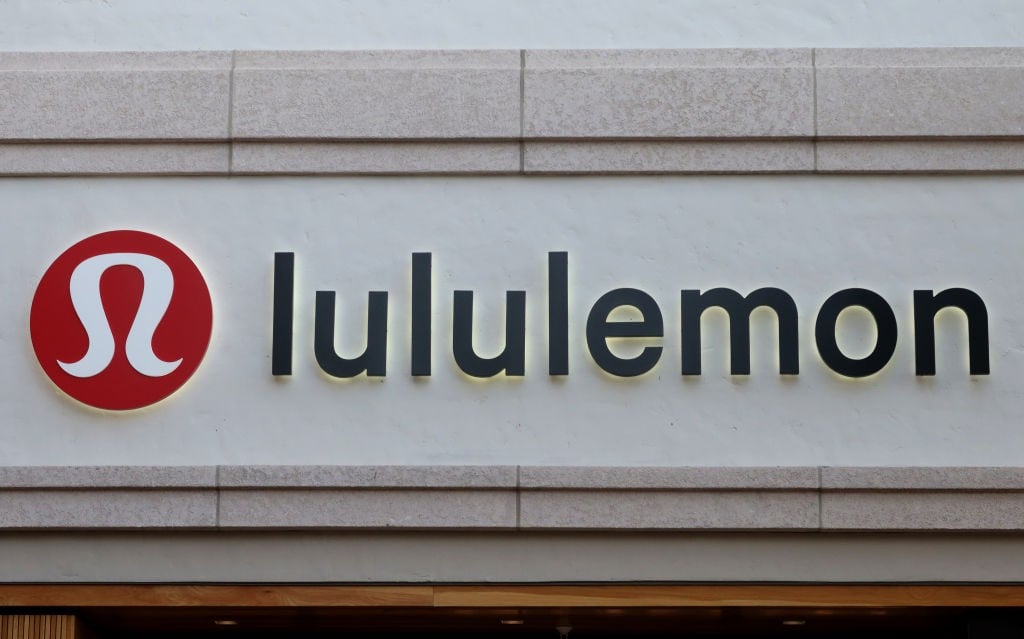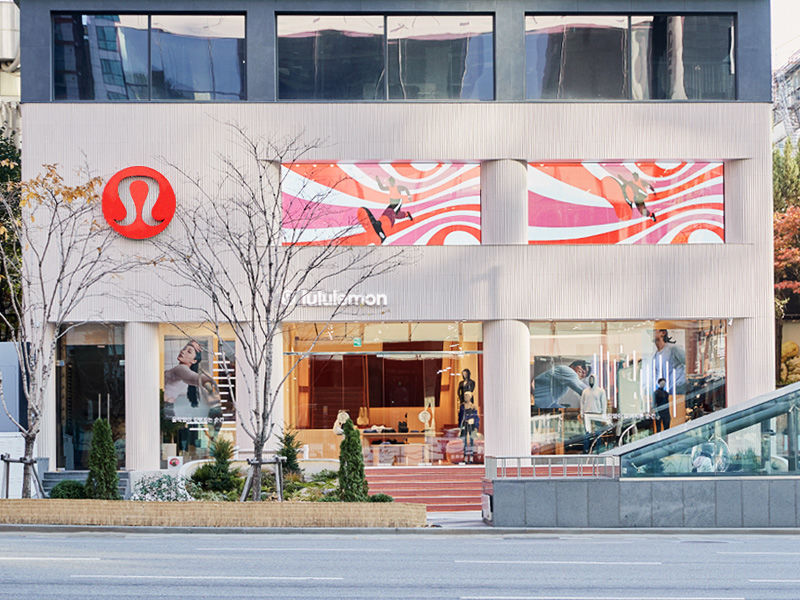While there were plenty of positives in lululemon athletica's (LULU +9.60%) fiscal fourth-quarter earnings report, the yoga-inspired retailer couldn't escape the industry's major problem today: slow store traffic.
2017 will be a difficult year
Lululemon compounded the traffic problem with a big no-no in the world of fashion by misfiring on style assortment. CEO Laurent Potdevin reassured investors that the company is addressing the problem promptly: "We have clearly identified the issues: an assortment lacking depth and color for spring compounded with visual merchandising that did not powerfully translate our design vision."

Lululemon's men's category posted comparable-store sales growth of 20% in the fourth quarter. Image source: Lululemon Athletica.
Lululemon will be releasing a new assortment of colors immediately to fix the issue. But the damage is already done for the first quarter, and could drag down future quarters, especially if potential new customers took one look at Lululemon's product offering and decided to click away, not planning to return anytime soon.
Management expects comparable-store sales growth to decline to low single-digits in the fiscal first quarter as a result of problems with lower traffic and style assortment. Aside from fashion mistakes, Lululemon could be facing a bigger problem in the potential comeback of denim.
Lululemon's fashion identity problem
A consumer survey conducted by Canaccord Genuity showed customers less likely to purchase Lululemon yoga pants in the next year. Respondents said they intend to buy about 18% fewer Lululemon pants in the next year compared to the previous year.
A key reason may be an emergence of denim in recent spring assortments and fashion shows. Styles featuring denim are replacing the trend of tight pants and roomy tops with the opposite -- roomy bottoms and tight tops.
This could be a real drag on Lululemon's growth over the next year or so, especially since half of the respondents in the Canaccord survey said they wear Lululemon pants for fashion instead of function.
Positives outweigh the negative for now
Another survey by MKM Partners was more positive on Lululemon, showing a healthy amount of loyalty to the brand. Nearly half of customers said they would still buy Lululemon clothing if prices increased 5% to 10%.
There are ways for Lululemon to counter soft demand. Lululemon is seeing strong demand for sportswear in China, which is a $28 billion market and growing. There is energy within the company to expand internationally, especially in Asia, the retailer's fastest-growing market.
Also, management seems very intent on expanding the men's category, which is growing faster than women's. Lululemon's clothing for men has been very neglected in the past and represents a long-term growth opportunity. Management is targeting men's revenue to be $1 billion, or 25% of total revenue by 2020.
Additionally, I think both men and women of all ages represent an opportunity for Lululemon in the future. I have heard from elderly women who love Lululemon's comfortable fabrics and design, but find the clothing too form-fitting to wear.
Is athleisure here to stay?
According to NPD Group, the athleisure trend is still alive and well based on its latest research for 2016. The athletic apparel market totaled $45.9 billion in 2016, which grew 11% over 2015. This far outpaced the apparel industry's total sales growth of 3%.
Other research from Morgan Stanley shows the athletic apparel market doubling to $83 billion by 2020 in the U.S. alone. Globally, it could be a $350 billion market in four years.
However, Lululemon CEO Laurent Potdevin is prepared for the athleisure trend to fade. He told CNBC in a 2016 interview, "Athleisure, that bubble will pop and the people that are not in it for the right reasons will go away."
He went on to explain that Lululemon is unique in the athletic apparel market for its higher margin structure compared to traditional athletic brands, since Lululemon doesn't sell items wholesale, unlike Nike. Also, fashion brands don't have the technical know-how to survive if the athleisure trend fades.
What Potdevin seems to be saying is that, yes, Lululemon is benefiting from the athleisure trend, but the long-term driver of the company's growth will come from rising demand for athletic apparel in general -- especially in fast-growing markets like China, which could very easily dwarf Lululemon's U.S. business in the coming years.
Long-term trends still look good for athletic apparel
Looking out over the next year, there is plenty of uncertainty, which will weigh on Lululemon stock. Despite near-term challenges with low store traffic and fashion missteps, the long-term trends in favor of healthier lifestyle choices serve the athletic apparel market well and could make Lululemon a good bet for investors with at least a five-year time horizon.






